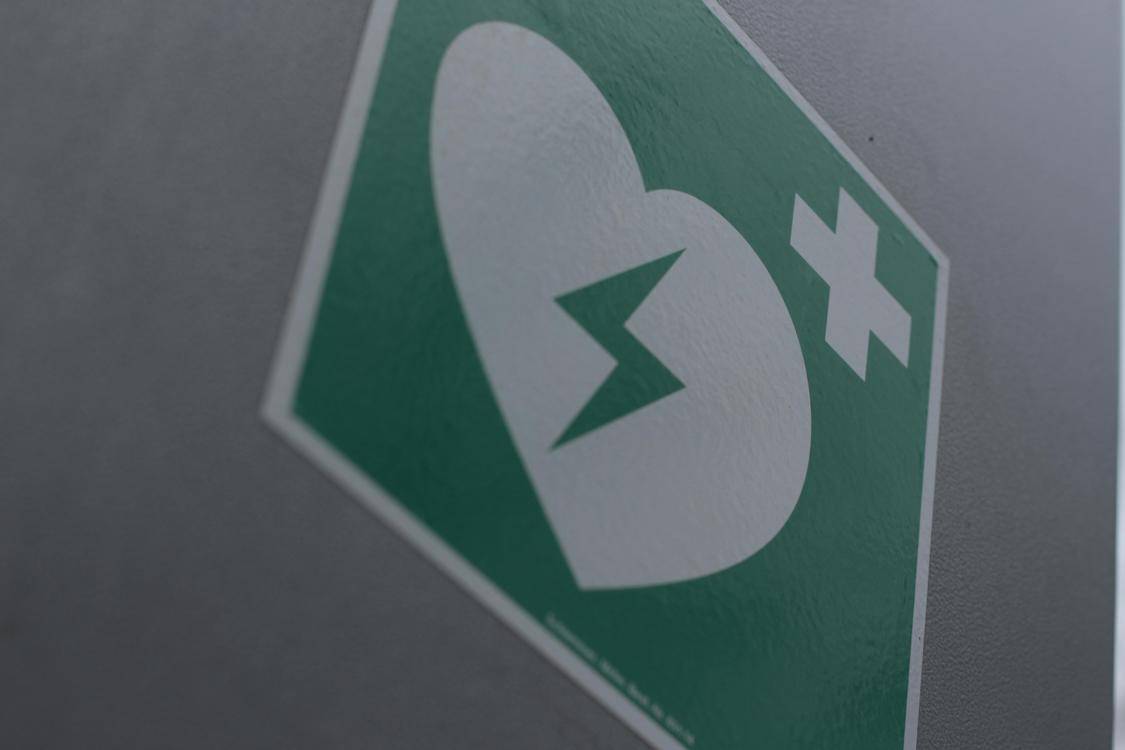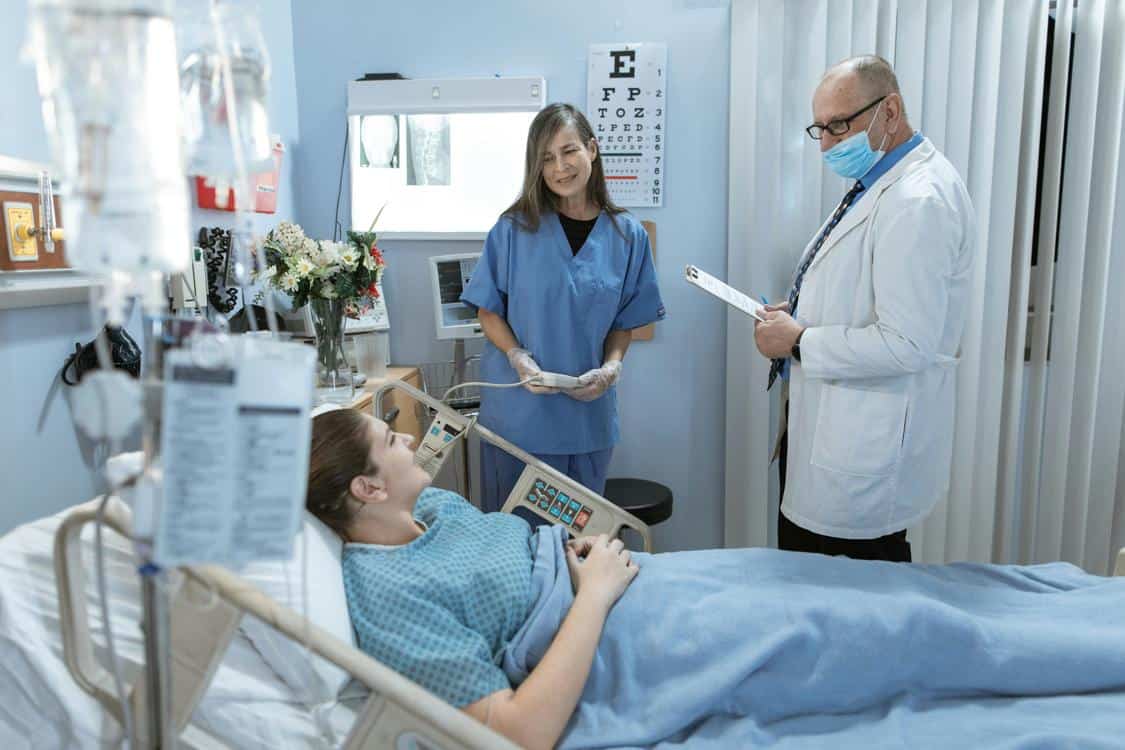Radiology departments have a lot of tasks to handle. From scheduling appointments to managing patient data, they rely on a piece of software called a radiology information system (RIS). Physicians and patients alike depend on RISs for fast access to medical images and results. However, these systems aren’t immune to glitches and downtime. 1. Lost …
The Hidden Costs of Outdated Radiology Workflows

Radiology departments have a lot of tasks to handle. From scheduling appointments to managing patient data, they rely on a piece of software called a radiology information system (RIS).
Physicians and patients alike depend on RISs for fast access to medical images and results. However, these systems aren’t immune to glitches and downtime.
1. Lost Revenue
When an order for a medical imaging procedure is placed in the system, it kicks off a series of incredibly important tasks. Whether a patient is getting a CAT scan for an MRI of their brain or getting a chest CT to check for pneumonia, if any one of these steps is not performed effectively, the radiology workflow can become stalled. This can lead to missed opportunities for revenue generation, decreased staff satisfaction, and even decreased patient outcomes.
Outdated radiology workflows can also cause patients to feel frustrated and anxious, which has led to lower overall patient satisfaction scores. When patients are less satisfied with their healthcare experiences, they may be more likely to not pay their medical bills in full or at all, which can negatively impact the entire healthcare system.
The COVID-19 pandemic hasn’t made the situation any easier for many radiology centers, and it’s more critical than ever that they have streamlined processes in place. These processes should be centered around the patient, and should make use of advanced technology to increase efficiency. These include systems that automate data entry, facilitate communication between physicians, and ensure that reports are distributed promptly.
In addition, a radiology workflow solution should be designed to reduce the need for manual input and provide a better user experience for radiologists and referring physicians alike. This means investing in modern workstations that improve the reading environment and allow radiologist to focus on what matters most. It also means using products that automatically alert referring physicians when a report is ready, which can save them time spent on calls and follow-ups. Lastly, it should include a centralized communications hub that makes it easy for all parties to stay in the loop about their patients’ results.
2. Patient Satisfaction
Patient satisfaction is a key driver of success for healthcare providers. In fact, research conducted by Press Ganey shows that hospitals with high patient satisfaction ratings perform better financially than those with lower ratings. In radiology, high patient satisfaction is key to creating a positive work environment and driving referring physician referrals and volumes.
Many different factors can impact patient satisfaction with radiology services, such as a long wait time between an exam and the availability of results or the quality of imaging equipment. Optimizing workflows with the goal of reducing image-acquisition and report-turnaround times can help improve patient satisfaction.
When a patient has to wait for their results, it can cause frustration and stress and lead to negative consequences. In addition, if a radiologist has to spend time on administrative tasks — such as coordinating scheduling or notifying staff or faculty members about new assignments or outside examinations — it can delay the time they have available for reading and reporting.
To optimize radiology workflows, organizations need to identify the areas that can be automated using microservices. Microservices are a software development model where an application is broken down into smaller, independently deployable services that each focus on one task. This allows for automation and efficiency by combining multiple applications into a single, integrated service.
For example, when an urgent CT scan reveals bleeding inside the brain, it can be prioritized and automatically delivered to the most qualified radiologist to expedite read and reporting. This type of workflow innovation reduces the risk that a critical case will fall through the cracks and result in a misdiagnosis, which could have devastating consequences for the patient.
3. Staff Satisfaction
Radiologists and their colleagues face unique challenges that can affect the quality of patient care and service. From the physical environment, to the commoditization of their work, there are many factors that can impact frontline staff satisfaction and perceptions of patient experience with medical imaging.
When a department’s leadership team started hearing about frontline staff feeling undervalued and dissatisfied with their interactions with radiologists, it became clear that a change was needed. The team created a multidisciplinary group called the RESPECT (Radiology Employees Striving for Productive and Effective Communication) team to address these concerns. The RESPECT team included technologists, 2nd-year pediatric radiology fellows, reading room assistants, and child life specialists from the inpatient and outpatient radiology departments.
The RESPECT team began with a baseline survey that asked frontline employees to rate their interactions with radiologists on a scale of poor, fair, good, very good, or excellent. The results were troubling: only 48% of technologists, reading room assistants, and child life specialist respondents indicated that their interactions with radiologists were very good or excellent.
One of the first interventions tried by the RESPECT team was to encourage radiologists to actively listen during their interactions with frontline staff. However, this was deemed unsuccessful because many radiologists continued to use their PACS workstations during the interactions and did not make eye contact with the technologist.
To further improve the interactions between radiologist and frontline staff, the RESPECT team tallied positive and negative comments made by individual radiologists and presented them to the radiology faculty at faculty meetings. The anecdotal data was anonymous but contained the radiologist’s name, and the radiologists were also shown their number on each graph so they could meet individually with the associate chief coleader or radiologist-in-chief to receive coaching on their specific feedback.
4. Disruption
The complexities of radiology workflows can make them susceptible to system disruption. Whether it’s a software bug, hardware failure, or unexpected staffing changes, unplanned downtime can affect all aspects of imaging operations and patient care. This can lead to increased patient wait times, reduced efficiency and productivity, and even lost revenue.
The interplay of systems and processes within radiology departments can also present unique disaster preparation challenges. In particular, a catastrophic event such as a terrorist attack or natural disaster may generate a sudden surge in medical imaging needs that exceeds a hospital’s capacity (7). Radiology can provide vital support by contributing to a hospital’s integrated scalable surge plans, but creating a system-wide response requires the collaboration of multiple departments.
In the meantime, healthcare leaders can reduce the risk of unforeseen disruptions by improving the effectiveness and efficiency of their radiology technology. This can be achieved by using data analytics to identify and address inefficiencies and inconsistencies.
This is where radiology information systems (RIS) play a critical role. A well-functioning RIS supports a range of essential processes for the success of radiological procedures, including patient registration, image acquisition, and reporting. Inefficient RIS systems can lead to extended patient wait times, insufficient data accuracy, and manual errors.
In contrast, streamlined RIS systems can streamline and simplify imaging workflows. For example, a cloud-based, hardware-agnostic solution such as Endex can save radiologists 8 minutes per case by eliminating redundant manual tasks such as renaming series and rearranging sequences in PACS for readability. The system also eliminates time spent correlating clinical information to arm radiologists for fast, consistent decision making. This is just one of the returns mid-size radiology practices like 38-radiologist Triad Radiology Associates and 22-radiologist Radiologic Associates PC are seeing after selecting our RIS platform.
5. Burnout

As the industry faces a radiologist shortage and decreasing reimbursements, radiology leaders are focusing on improving operational efficiencies. That includes streamlining workflows to help reduce the risk of radiologist burnout. Burnout, which is a state of emotional, mental and physical exhaustion that results from prolonged stress, has become a significant problem in the field of imaging. It has been linked to lower job satisfaction and performance and can ultimately lead to higher turnover rates.
Radiologists must work with the latest imaging technologies to provide referring physicians with detailed, accurate reports and deliver fast, quality patient care. However, outdated radiology workflows cause delays and can compromise patient outcomes. For example, the COVID-19 pandemic caused an imaging backlog that pushed the turnaround time for results to new heights. Combined with an aging population and growing complexity in interpretation, this pushed radiologists to work even longer hours.
This is just one of many factors that contribute to radiologist burnout, and it becomes an issue when the work environment becomes too challenging or insufficiently supportive. To prevent burnout, radiologists should optimize their personal wellbeing through exercise and other healthy lifestyle habits. They should also strive for balance by maintaining social connections and personal interests outside of work. Lastly, radiology organizations can promote a positive work environment by addressing the causes of burnout and supporting their staff in a meaningful way.
Improving radiology workflow processes also enables radiologists to reduce their workload, allowing them to focus on their primary responsibilities and achieve a healthier work-life balance. By automating the repetitive clerical tasks associated with dictating reports, using artificial intelligence to generate report impressions and incorporating remote work capabilities into a solution, radiologists can save up to an hour a day and can focus on what they do best – expert imaging interpretation and diagnosis.









